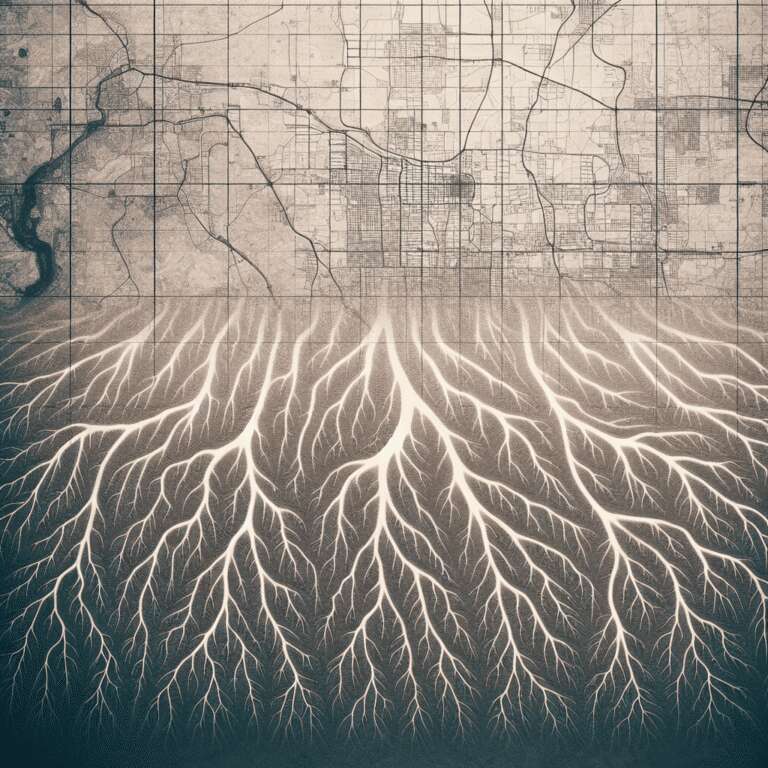US Marines have started integrating generative Artificial Intelligence in their intelligence-gathering processes during training exercises in various regions including South Korea and the Philippines. This initiative aimed to accelerate the analysis of open-source intelligence, encompassing articles, images, and videos. The deployment of such advanced AI tools marks a significant shift from traditional methods, enhancing speed and efficiency in threat detection and data processing. These efforts are part of the broader Pentagon-supported initiatives to innovate military intelligence operations with cutting-edge technology.
On a related note, the International Energy Agency highlights that Artificial Intelligence might eventually play a considerable role in reducing greenhouse-gas emissions. This proposition, however, has drawn parallels with the contentious concept of carbon offsets, where immediate environmental benefits are often overstated. Critics are wary, suggesting that while AI-driven improvements could revolutionize energy efficiency, the rapid expansion of data centers could counteract these potential gains by contributing significantly to electricity consumption and emissions, thus highlighting the need for sustainable energy solutions in the tech industry.
The dual narratives of AI´s promise in both military and climate contexts reflect ongoing discussions around the ethical and practical implications of its adoption. The juxtaposition of using generative AI for effective intelligence work and promising environmental gains demonstrates the complex landscape of integrating advanced technologies responsibly. As AI continues to evolve, stakeholders across sectors remain vigilant about striking a balance between technological advancement and sustainable practices.

